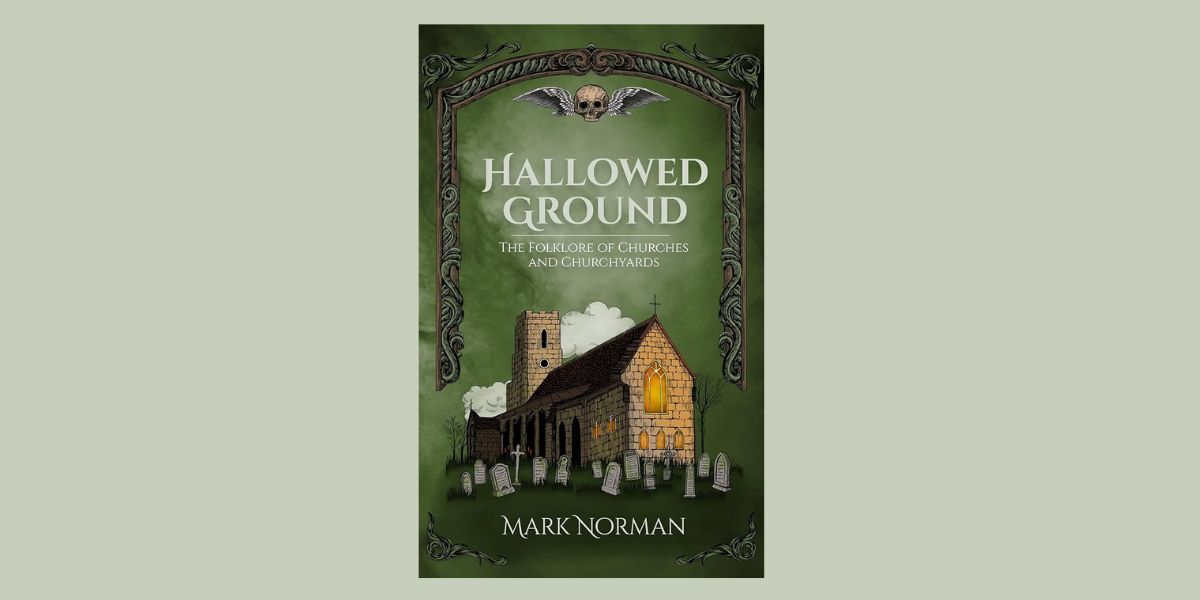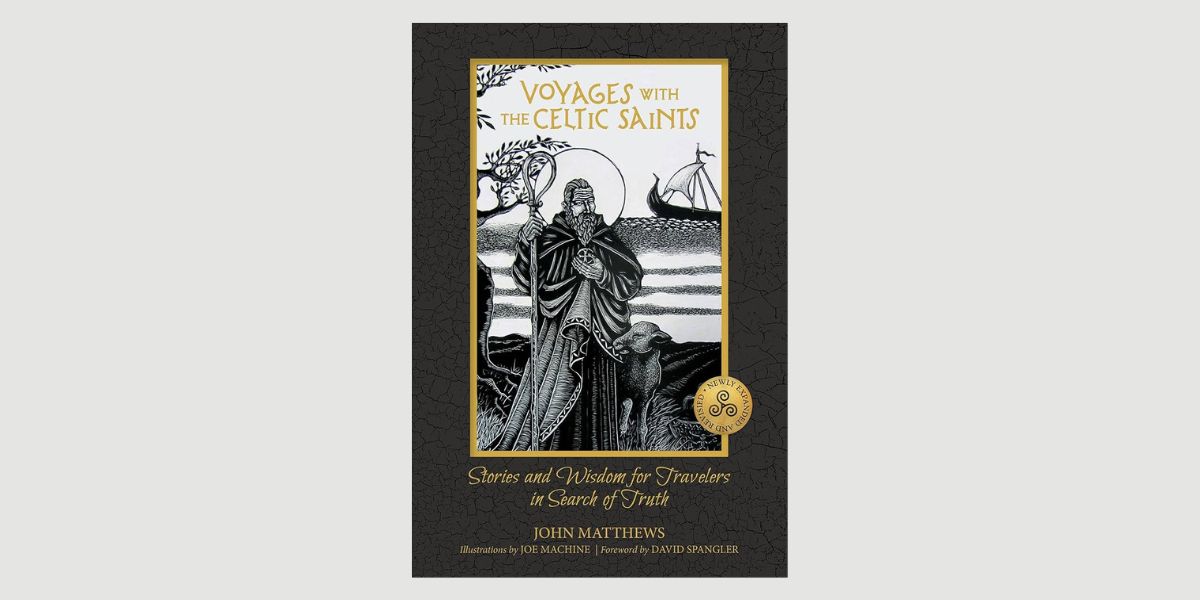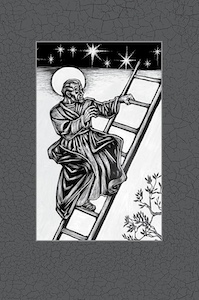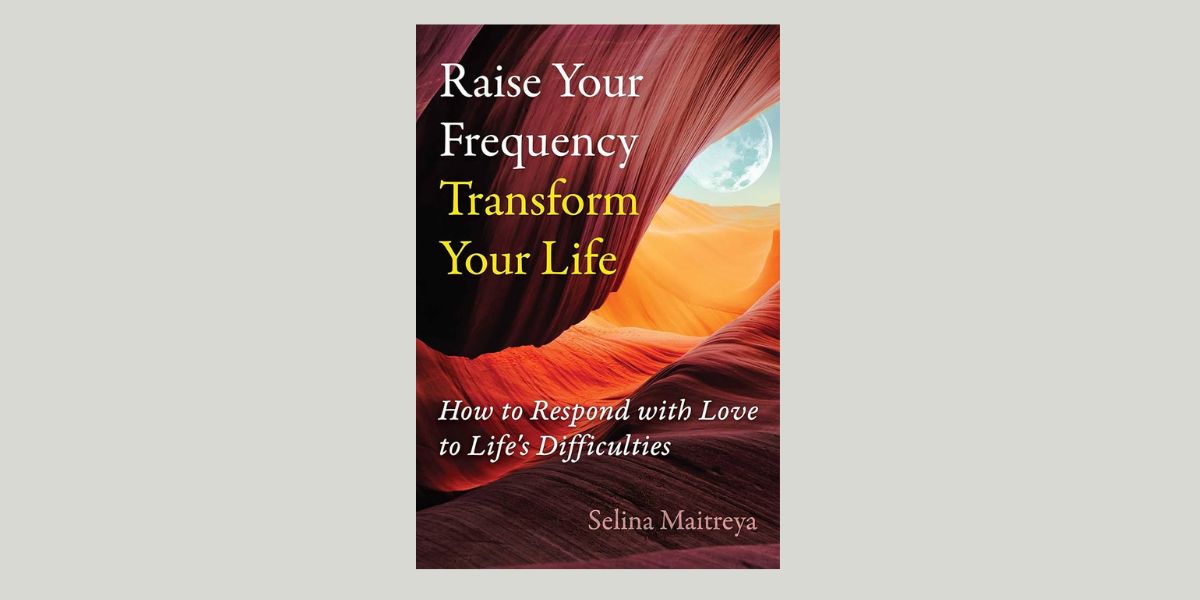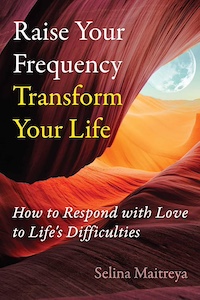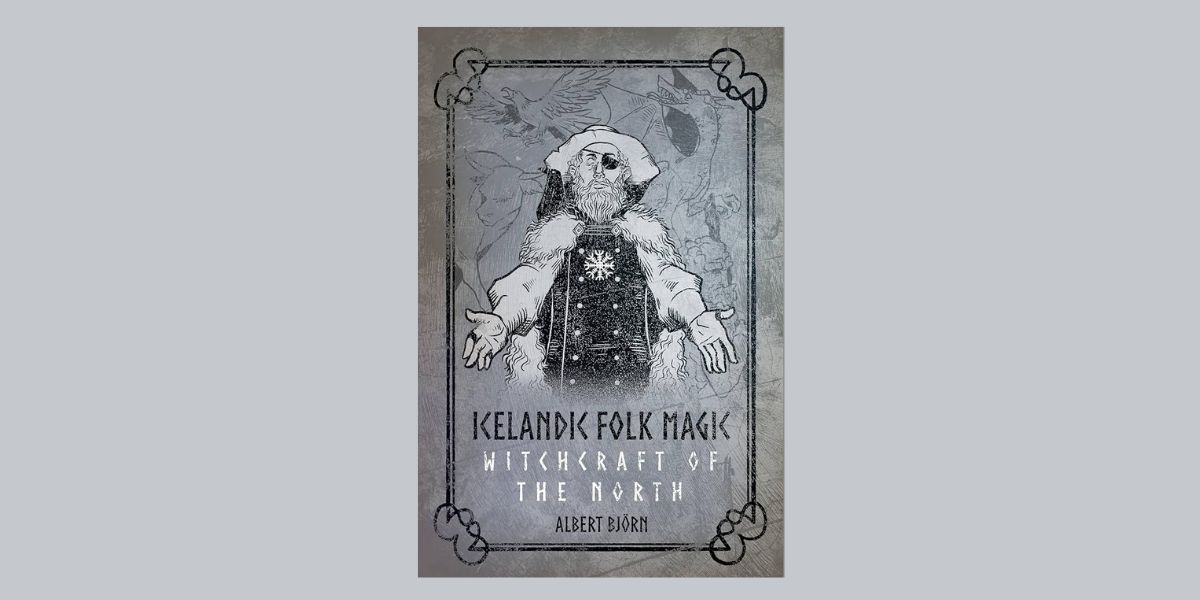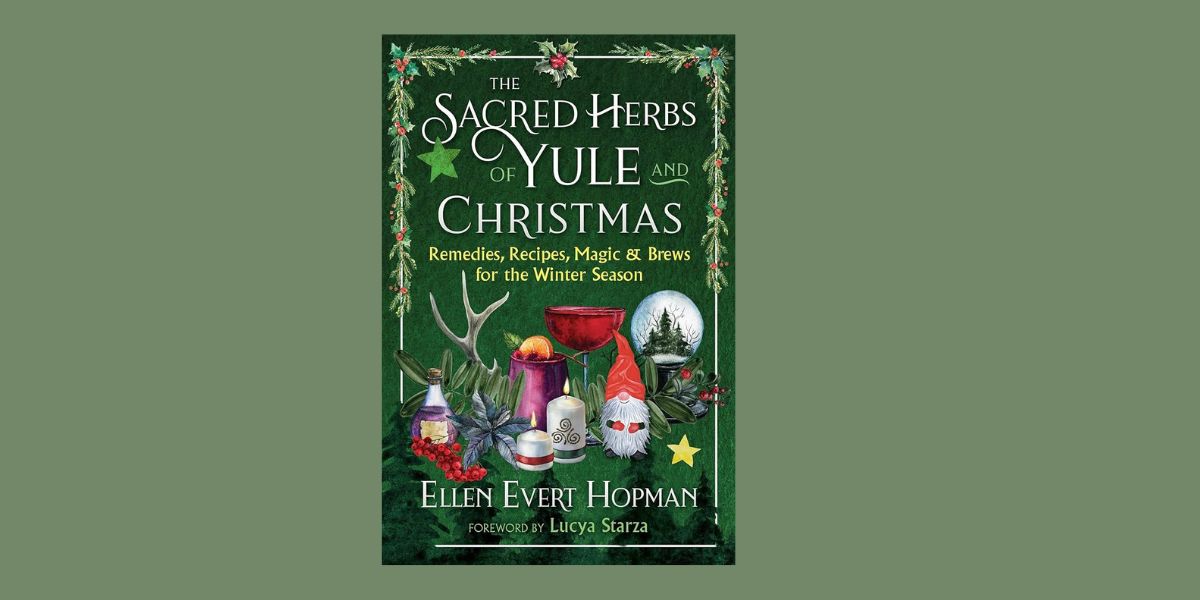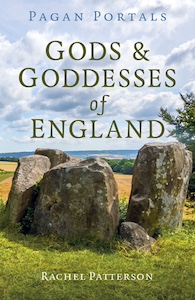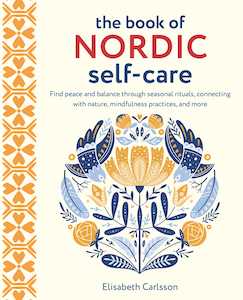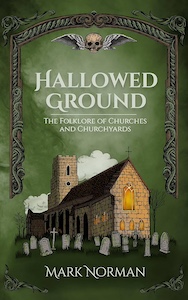
Hallowed Ground: The Folklore of Churches and Churchyards, by Mark Norman
Crossed Crow Books, 1964537002, 207 pages, May 2025
I am writing this on Mischief Night, knowing that tomorrow on Halloween, children, accompanied by parents, will go door to door in costume asking for candy, with the warning that to not be given any might be met with a trick. Scary costumes, carving pumpkins, seeing ghosts are all part of Halloween. Many call this time on the calendar Samhain, believing that this is when the veil between our world and the other world is the thinnest. What began as folkloric stories and rituals in many cultures have become what we today embrace as Halloween traditions.
In Hallowed Ground: The Folklore of Churches and Churchyards, Mark Norman, a noted folklorist, delves into the essence of folklore and how the church incorporated many pagan symbols and beliefs as it was growing in strength and power. Norman explains that folklore is a shared activity of common beliefs and experiences, neutral to many, without attachment to a particular religion or belief system.
“Folklore is about community. We are all members of folk groups – gathering places where people can enjoy shared interests.”1
That “folklore is neutral,”2 is the sentiment at the heart of the book.
Unknowingly, when I visited Lincoln Cathedral in Lincoln, England where my husband attended university, I, a lover of gift shops, bought a replica of the Lincoln Imp to hang in my home in New Jersey. The Lincoln Imp, a footlong grotesque creature that is part human and part animal, sits in the Angel Choir of the Cathedral which was built in the late 1200s. At the time it was not uncommon for churchgoers to see such an image built into their place of workshop. Seen as a symbol of the triumph of good over evil, the Imp was sent by Satan to cause mischief in the cathedral but it was turned into stone by an angel. The story of the Imp sprang from area folklore which Norman writes about in the chapter “Meeting the Devil in the Church”.
Images of folklore in a cathedral I could somewhat understand. But magic and witchcraft in the churchyard seemed harder to accept. Norman explains, “The adoption and combining of older festival and celebration time with the Christian calendar has obviously fed into this dynamic.”3
I was aware of the efforts of the early church to incorporate pagan rituals into services in order to have the new converts more easily accept their rituals. The birth of Christ (December 25) occurred around the time of the Winter Solstice, when the light begins to return to the Northern Hemisphere. Easter coincided with Ostara, the time of fertility with those rabbits and eggs. As Norman states:
“The observation that all this leads to is that there are many connections between the Church, or Christian religion, and magic.”4
Another thing I was surprised to read is that while village witches and healers were almost always illiterate, most had a good working knowledge of the Bible and that clergy would sometimes seek their advice. Norman goes on to share about how many books of spells and charms feature biblical characters or psalms.
The book is filled with stories and examples from Babylonian times to modern day. Separated into seven chapters, readers can delve into the construction and role of the church, spectral figures in the courtyard, flora and fauna, pagan symbols in the church, superstition in the church and churchyard, and more. A multi-page bibliography provides the reader with resources for further research and reading.
Norman often returns to the understanding that folklore doesn’t seem to prove or disprove anything. In the chapter titled “Spectral Figure in the Churchyard”, for example, he writes that “science cannot definitively prove or disprove the existence of ghosts, whatever they may be.”5 Instead, folklorists are “in the best position to examine some of the ways in which spectral apparitions have been recorded on hallowed ground, and what their meaning might be.”6
One could not wish for a more experienced author on this subject. Mark Norman, a folklorist, has one of the leading podcasts in the field (The Folklore Podcast). Based in Devon, England, he is curator of the Folklore Library and Archive. His other books on folklore are varied in subject matter: Dark Folklore, Folklore of Wales, Telling the Bees and Other Customs: The Folklore of Rural Crafts, The Folklore of Devon, Black Dog Folklore, and ZOINKS!: The Spooky Folklore Behind Scooby Doo.
Overall, Hallowed Ground will especially appeal to readers fascinated by the intersection of religion, mythology, and cultural history. Those who enjoy uncovering the layers of meaning behind long-standing traditions, whether rooted in pagan ritual, Christian symbolism, or village superstition, will find Norman’s work both enlightening and accessible.
I recommend this book for folklorists, historians, spiritual seekers, and lovers of ghost stories. Norman brings folklore to life with this engaging storytelling, inviting readers to view sacred spaces through a new lens and revealing how centuries of belief, magic, and myth continue to shape our collective understanding of what is truly “hallowed ground.”
Anne Greco is a non-fiction writer who writes about her life experiences and travels with humor, keen observations, and the hope that her words will remind us that “we’re all just walking each other home.” Her book, Serendipity: Chance Pilgrimages, tells the story of Anne encountering her places of power. As she reconnects with herself at each site, Anne also develops a deeper understanding and appreciation of her connection to both the seen and unseen worlds. Learn more about her work here: http://annegrecowriter.com.
